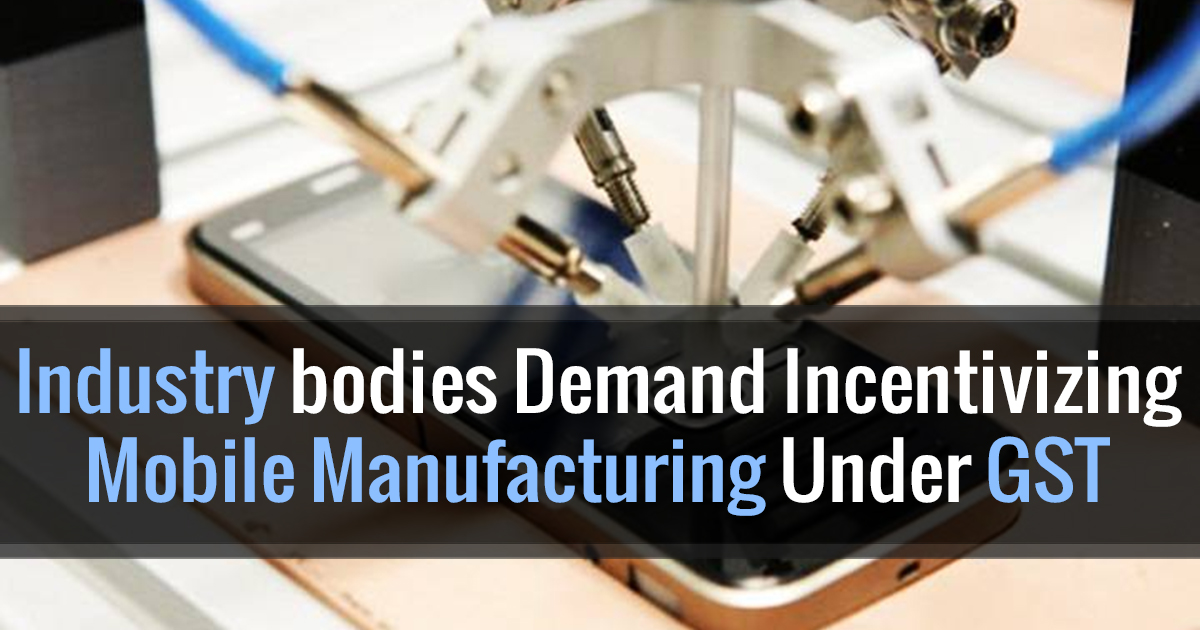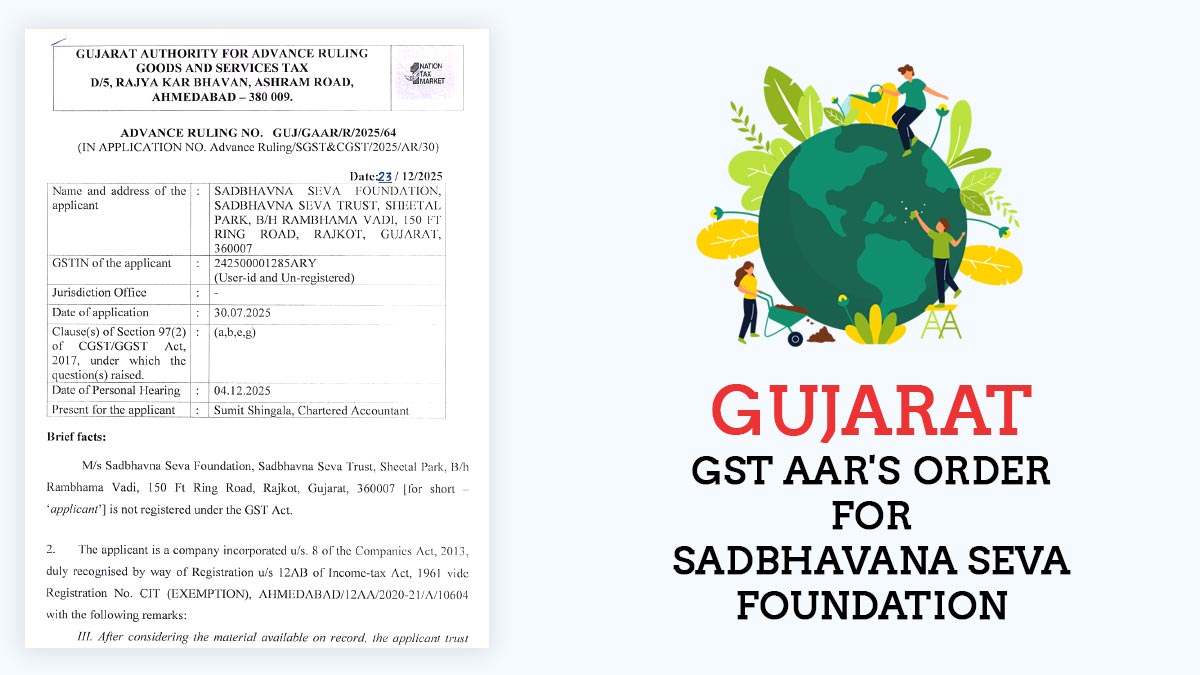In this era of digitalization, Smartphones are turning into the important gadget for advanced administrations and help the general public carefully engaged, industry bodies and computerized think tanks recommend Indian government ought to offer more motivating forces to India based versatile assembling organizations. They need government to incorporate boost in the yet-to-be-taken off GST (Good and services tax).
Broadband India Forum (BIF), in association with learning accomplice Ernst and Young LLP (EY), discharged an exploration paper which highlights the need to boost local mobile device assembling in India under GST administration.
Indian government left on one of the world’s most eager broadband venture with the “Digital India” program. In the course of the most recent few year, this program—looks to change India into a carefully engaged society and information economy—which has brought an enormous online media utilization development. Among the computerized gadgets, cell phones have assumed control as the favored medium of expanding on the web media. The handset fabricating industry has seen a colossal development in recent years driven by Government’s ‘Make in India’ activity and strategy changes, for example, obligation decrease on locally produced handsets. The appropriation of a cell phone in India will go up to 688 million by 2020 when contrasted with 238 million in 2015.
Read Also: GST Impact on Indian Telecom Industry
T.V. Ramachandran – President of BIF helped us to understand this matter as mentioned, “While broadband infrastructure is at one end of the issue, Customer Premise equipment (CPE) is at the other. The broadband device today is a smartphone. We need to increase smartphone penetration as India has today less than 30% smartphone penetration. This can only happen through local manufacturing and by further increase of local value addition. Further, Broadband India Forum (BIF) along with E & Y is proposing an innovative way using GST to incentivise mobile manufacturing. This we believe is a win-win formula.”
More extensive venturing of 4G systems alongside reasonableness and utilization of cell phones will drive portable broadband to the following level of entrance through handsets. Be that as it may, India is yet not set up to take care of this entrance demand.
Aruna Sundararajan. Secretary, Meity also stated some important facts regarding this, “Ease of doing business and stable fiscal regime which the GST will bring to the forefront are likely to make India an overall attractive place for manufacturing. The early momentum that we have achieved actually needs to be sustained and further accelerated, With the introduction of GST, most of the current Centre and state taxes/duties will be subsumed under GST. The Excise duty on manufacture which was a single point tax and the basis for all incentives would also be subsumed. Thus, it is expected that the incentives available to domestic manufacturers under the current regime would decrease and there is a need to continue the incentives under the GST regime to meet the increasing demand through domestic production.”
Recommended: GST Impact on Common Man
Broadband India Forum (BIF), in relationship with information accomplice Ernst and Young LLP (EY), has thought of a win-win recipe for taking care of this demand. They surmise that with the quickly expanding request, it is critical for boosting the neighborhood makers to take care of greater part of the demand for inbound manufacturing.
As a matter of fact, that GST alone is not the driver for boosting versatile assembling in a nation , some of the significant components for a maintained assembling environment in the nation are a framework, a powerful assembling biological system, gifted labor, innovation and R&D offices and so forth. For alternate components to create, it gets to be distinctly essential to give motivating forces to the household fabricating keeping in mind the end goal to set off the neighborhood handicaps, the joint review suggests.











